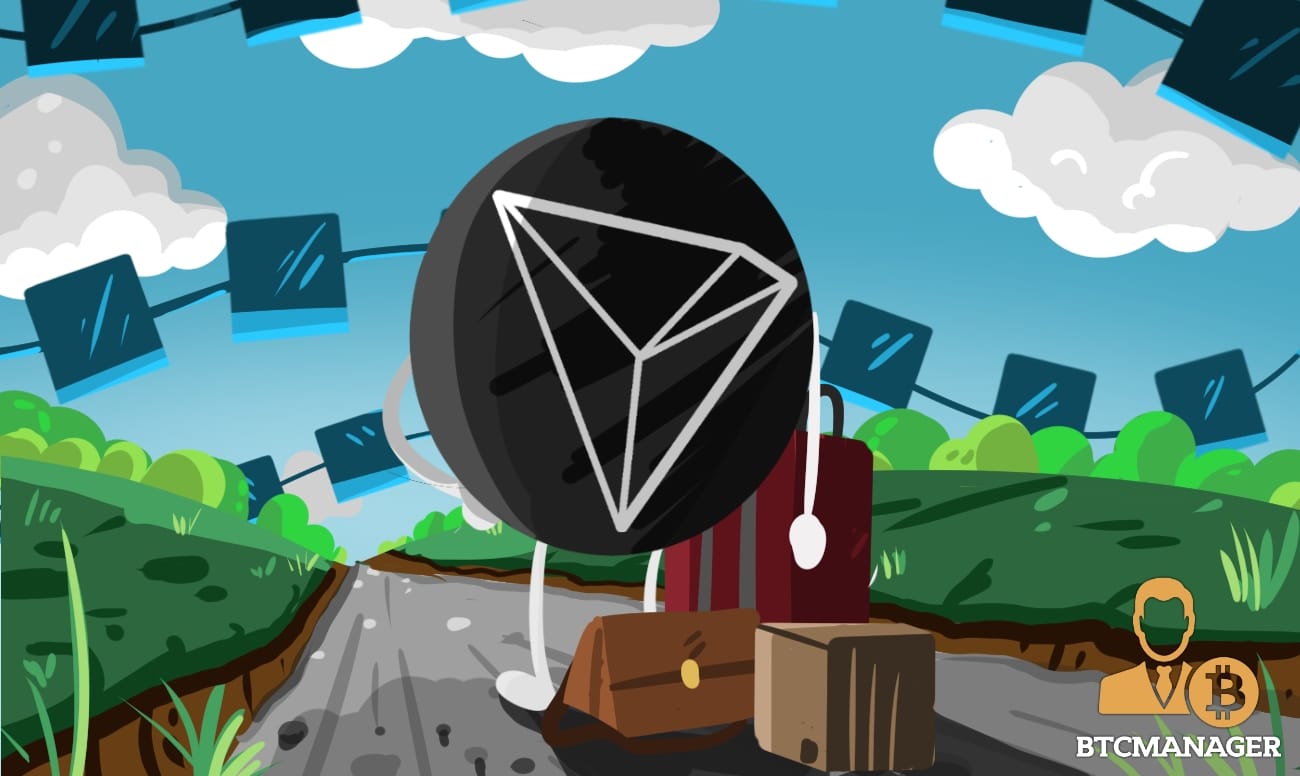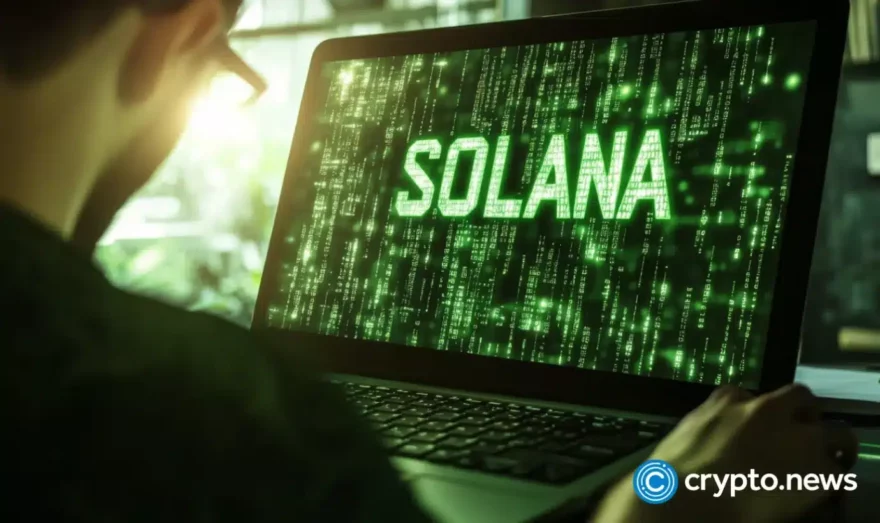TRON Moves to An Independent Public Blockchain

TRON is officially transitioning from the Ethereum blockchain network as they begin testing their decentralized platform and protocol.
Mainnet Launch
On May 30, 2018, The TRON Foundation, the Foundation behind TRON, the tenth largest cryptocurrency in the world by market capitalization, launched their Mainnet. It is currently in beta stage and available for the public to test.
The TRON Foundation’s goal is to become a true independent token in the TRON Ecosystem and shed the ERC20 identity. While the TRON network is a basic-layer public blockchain like Ethereum, it, however, has additional features like a high throughput, high-extension, and high-reliability support for the protocol’s decentralized application operations.
“The independence of our protocol is a crucial step in ushering in the next phase of the internet through democratization and decentralization,” said Justin Sun, founder of the TRON Foundation.
“Our team maintains a high standard of excellence as we head towards becoming a mainstream public blockchain. The move of the TRON Protocol to Mainnet makes it easier for developers to break away from Ethereum and opens up new doors towards better scaling, commercialization and express lanes needed for global dApp development.”
TRON made the move official on May 31, 2018, immediately after their live stream. Developers can, therefore, begin configuring their wallets and browsers for the full launch, also known as “Independence Day,” scheduled for June 25, 2018.
TRON’s Independent Public Blockchain
Regarding TRON’s independent public blockchain, they are using an optimized proof-of-stake (TPoS) consensus protocol. The TPoS model can achieve decentralization by utilizing a witness mechanism where the blockchain network community selects delegate nodes through voting. The network is developer friendly and Java-based.
“TRON has created a platform unlike any that I’ve worked on before in terms of its speed, reliability, and security,” said Marius Gill, a recipient of one of the first TRON Accelerator Loans.
“Developing on the TRON Testnet has been simple to adopt and moving the OpenSource Wallet to MainNet for testing from my peers within the TRON community is an important next step for optimization.”
According to TRON’s internal tests, the network speed is 400 times faster than Ethereum. Unlike other networks, TRON also uses an improved leasing model that supports free transfers.
The TRON Foundation is preparing for its Genesis block on June 25, 2018, and a Super Representative Election on the following day, June 26. TRON believes that the Representative Election will form a truly democratized Internet. The voting system will allow the community to voice their opinions concerning policies that govern the network.
EOS to Release Mainnet Software in June
TRON however, is not the only company to release their own blockchain. According to the EOS New York’s Medium blog post published on May 31, 2018, EOS has listed their Mainnet Launch order of events.
The ERC20 EOS token distribution will end on June 1, 2018. ERC20 tokens will also be frozen 23 hours after the end of the token distribution. EOS mentioned that once the freeze is complete, they will begin the new phases of the launch process.
The process involves verifying snapshot and boot processes and allowing EMLG and third parties to test that the tokens have been loaded and the software runs smoothly. Following that, the block producer community will release a joint statement to inform that it’s safe to import private keys and vote, thus activating the EOS mainnet.













